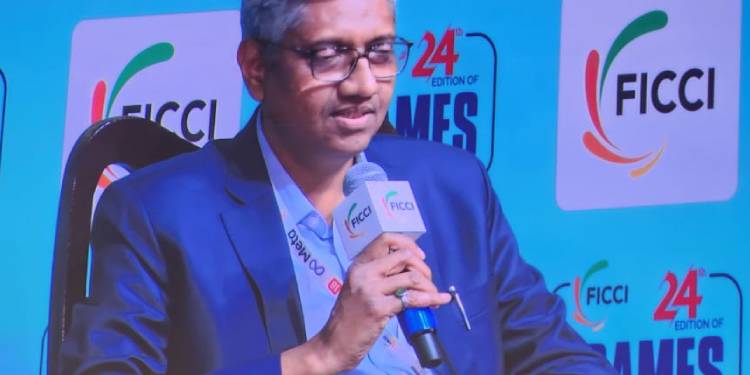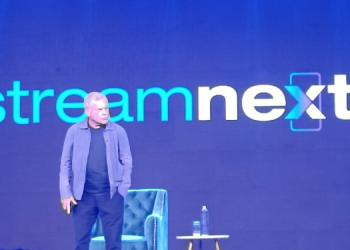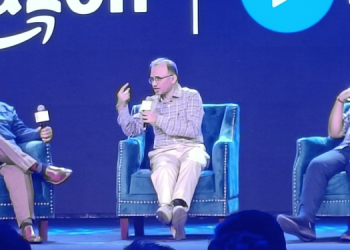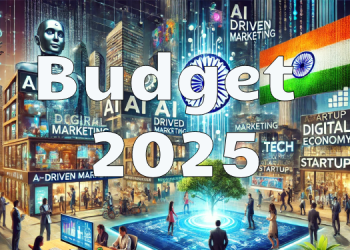Mumbai: Last year in September the Telecom Regulatory Authority of India (TRAI) launched a Pre-Consultation Paper on Inputs for the proposed Broadcasting Services (Regulation) Bill, 2023. Having taken inputs it will in a few days launch a detailed consultation paper. Inputs will be taken from the industry and then it will be presented to the Government. It will have ten focus areas.
- Encourage the production and promotion of local content. India has a vast opportunity to produce content not just for the country but also for the world.
- How to make India a global hub in content creation.
- Further strengthen public service broadcasting to disseminate information, knowledge, education and entertainment. It is important for India.
- Facilitate growth in all the media and entertainment sectors
- Make the regulatory climate and the policy environment more business-friendly and promote the ease of doing business in a very dynamic sector
- Combat piracy which is an issue, secure content and enhance copyright protection
- Enhance the scope of terrestrial broadcasting
- Review the audience measurement system which was devised long back and only a small sample is taken. Technology will enable a review so that there is more scientific data so that it better serves the needs of the advertisers and broadcasters for proper monetisation.
- Implement an effective grievance redressal system.
- Examine the role of broadcasting in the case of disasters. It has an important role to play.
“We will be listening to all the stakeholders, including the consumers and the industry, on these various issues and then will give our suggestions to the government,” he said. The bill aims to replace the Cable Television Networks (Regulation) Act, 1995, and other existing broadcasting guidelines.“Our job is to facilitate, and enable orderly growth of the media and entertainment industry” he explains. The goal of TRAI is to create an environment where the industry functions in a transparent manner provide a level playing field for all the stakeholders and there is no discrimination. “At the same time, we have to promote innovation, and new investments in the industry.”
While entry barriers should not be placed at the feet of new players, technologies at the same time the old players should not come under pressure. The ease of doing business is a priority for Trai. It had given recommendations last year to the government and these are being acted upon. The I&B Ministry he noted has augmented its Broadcasting Seva portal. The goal is to get all submissions, approvals, and compliances online through the portal so that it is one window where the industry can approach the government.Lahoti did not call the industry misbehaved in response to a question but said that companies do litigate as there are a large number of stakeholders. All of them have an interest in protecting and promoting their business. This is often at cross purposes. There are often divergent strategies to promote their businesses which causes disputes between them and that leads to litigation. TRAI’s job is to resolve disputes and so Trai talks to them and makes each other understand each other’s point of view. The aim is to minimise these disputes and litigations. The aim is to work to provide optimum value for all stakeholders instead of providing maximum value to one stakeholder.
The industry he said has to understand that there are competing technologies like OTT. If the broadcast industry instead of fighting with itself is unified then it can compete with the alternative technologies. Therefore the industry has to collaborate, cooperate and understand each other’s point of view. Since alternatives are coming in he opines that TV will have to innovate, improve quality and be more affordable.
When asked about what needs to be done to grow the penetration of TV homes he said that it is about cost and infrastructure availability. Lahoti suggested that TV sets, set-top boxes etc can be bundled with services so that the cost comes down. The entry barrier has to be reduced for penetration to grow.
At the same time he is clear about the fact that TV is not dead nor is it dying. While people do watch content on mobile the size of the screen is different so the same content cannot be created for both screens. Mobile is supporting the TV industry in his view by growing consumption at the time when one is on the go.

















